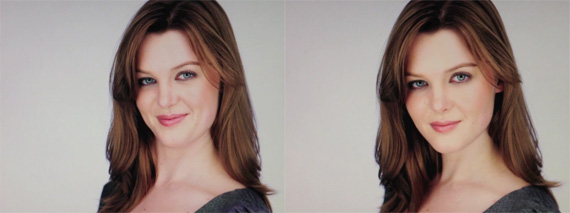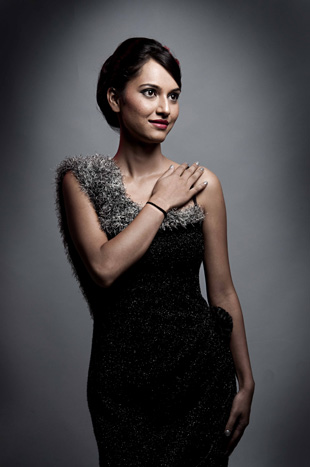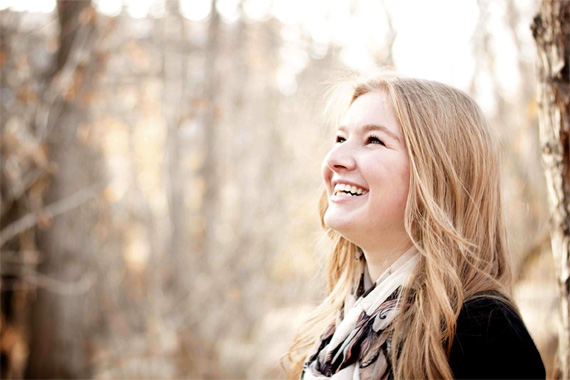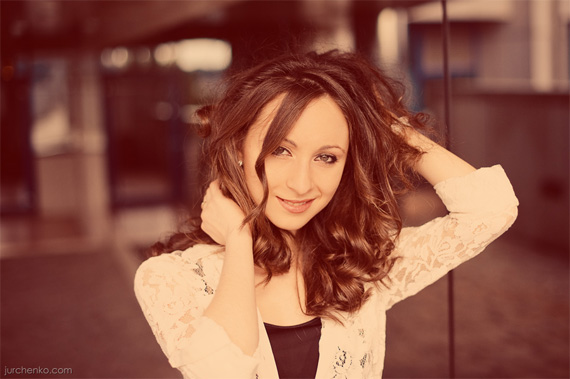 |
Posted: 07 Mar 2012 10:22 PM PST If there is one thing I have learned over the years of photographing people it’s that the response to candid photos vs posed is distinctively noticeable in my clients. That aww or ohhh I seek to produce and long to hear when presenting my work to a client intrinsically happens with those “moment” shots, so they are a must capture for me in almost every situation. When a photographer catches a subject in its element it translates a level of emotion simply not found in posed shots. A person could be the most beautiful masterpiece of humanity and not be photogenic naturally; the camera has a funny way of changing things. However, I believe it true that there is not a single person who does not look good captured as who they are while in their element. Now there is of course always a time and place for posed shots, the family picture at a wedding for example, in fact most of the time you need to pose your subject in one way or another, even if it means you are recomposing the subject by moving during a candid moment to translate the picture properly. So how is it one can inject the natural moments into the necessity of posing? Here is a list of pointers that will help. First, the camera is their friend and not a starting gun. Remember many people you are shooting rarely in their lives have had photographic attention. Aunt Margaret with her point and shoot may be the only paparazzi they have encountered. So they naturally think when the camera is pointing, it’s time to perform, or turn red. I use the facts of photography to my advantage; a camera needs to be adjusted before and during shooting. Many might do this before the shoot; this is good practice of course. I always tell my clients I need to take some set up shots to get started and I continue to tell them I am resetting the camera throughout the shoot despite my previous set up time. This allows me to make sure I am right in my thinking about the settings and loosens me up a bit. Conversely and most importantly it lets them know that not every picture I am taking is for the only reason of getting a good picture of them, that beautiful Nikon click is not a starting gun. The product of this is at the outset they are getting familiar with the idea that there is time to get what we need. Second, is simple but most necessary, talk to them. I often start a conversation with them about something they are excited about while I set up, their wedding, when and how they met, hobbies, career, ect. While talking you can take snap shots, this will put you in front of the camera, not behind it. It helps them realize the camera is not only a tool but an extension of a person. They talk to the camera and in their minds it becomes you helping it fade. I also glean picture ideas from the conversations, “Oh you’re a lumber jack are you, stand over here and swing this axe, whoa not at the Nikon”. Third, the client is important to the picture but not all important, if you took pictures of them up against a brick wall for the entirety of the shoot and only talked about them it would isolate them out as the only thing that matters. So get excited about the surroundings, let them know what’s on your mind, don’t think to yourself “that open field looks great I’ll take them there”. Don’t even say I’m taking you to, or let’s go to that open field. Instead, say, “look at that field, look at the sun it’s so perfect on the grass, I can’t believe how beautiful pictures look in the sun, rain, clouds” and so on. Go ahead and get excited about the surroundings, introduce props, let them know this is also about the beauty and fun of where they are. This again gets their mind off of themselves and onto being themselves. At the end when they receive your work you want them to remember the day as a date, a walk in the woods, a gander at the falls, not a photo shoot. The pictures are just a bonus! And last, never stop snapping photos, most of the pictures I end up with are useless, not because of a lack of skills but because I never want to stop my shutter. There are many reasons for this, primarily is the comfort of the client. If you have long breaks between captures it brings the camera back into the shoot as the centre of attention, that thing that makes them perform. If you only ever take pictures after they are exactly where you want them they feel that photographic stage fright yet again. However if you’re always shooting letting them know all the while your messing around with settings, or in other words no need to perform, they will never feel the need to and therefore naturally do so candidly. The side benefits are you will always have the camera where it should be, in your face, thus allowing you to capture those fleeting perfect moments that are gone is less time it takes to get the camera where it belongs. It’s worth the extra cull time and the coast for extra memory in the end. Ultimately, there is no set in stone rule to follow, but these ideas will certainly help you bridge the divide between the camera and client. In time you will develop your own signature interaction practices. I look forward to the day I can learn from an article you post some new and innovative ways to get that moment shot. About the Author: Michael Tigchelaar is from Zekar Photography and is based in Southern Ontario. For Further Training on Portrait Photography, PictureCorrect Suggests:Professional photographer Edward Verosky has released two eBooks designed to help photographers with advanced portrait photography concepts:These eBooks are now available through Edward Verosky's website: They contain unique information on how to beyond the rules of conventional portraiture with creative ideas and guidelines for developing your own unique style. Go to full article: How to Relax a Client During a Portrait Photoshoot What are your thoughts on this article? Join the discussion on Facebook or Google+ Article from: PictureCorrect Photography Tips |
Posted: 07 Mar 2012 01:32 PM PST Let's be honest, in certain directions and under certain light, most of us exhibit the dreaded double chin in some form or another. This issue is often the difference between a good headshot photographer and an average one. So what if you are a headshot or portrait photographer, how do you make your subject’s jawline look good? In this revealing video, Peter Hurley gives us some great tips on making anyone look good, just by accentuating their jaw (for those of you reading this by email you can see the video here): So what are the secrets of a great jawline?
 The photo on left is a typical pose. The photo on the right involves this headshot jawline technique.
For Further Training on Using Off-Camera Light Sources:Check out Making Light I & II by Piet Van den Eynde; they take an in-depth look at how to get the most from your off-camera flashes. The author goes beyond sync speed and softboxes and gets into the details of working with multiple flashes, modifiers, and triggering systems. Learn how to fill in harsh shadows, balance ambient light, rescue fading evening light, or substitute for a complete lack of light. Very useful eBooks.They can be found here sold together at a discount: Making Light I & II Go to full article: Headshot Photography Tips What are your thoughts on this article? Join the discussion on Facebook or Google+ Article from: PictureCorrect Photography Tips |
Tags:
Photography Learning








0 comments:
Post a Comment